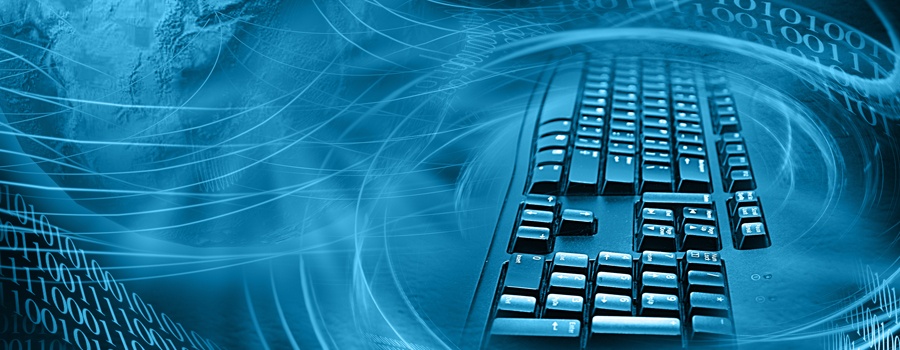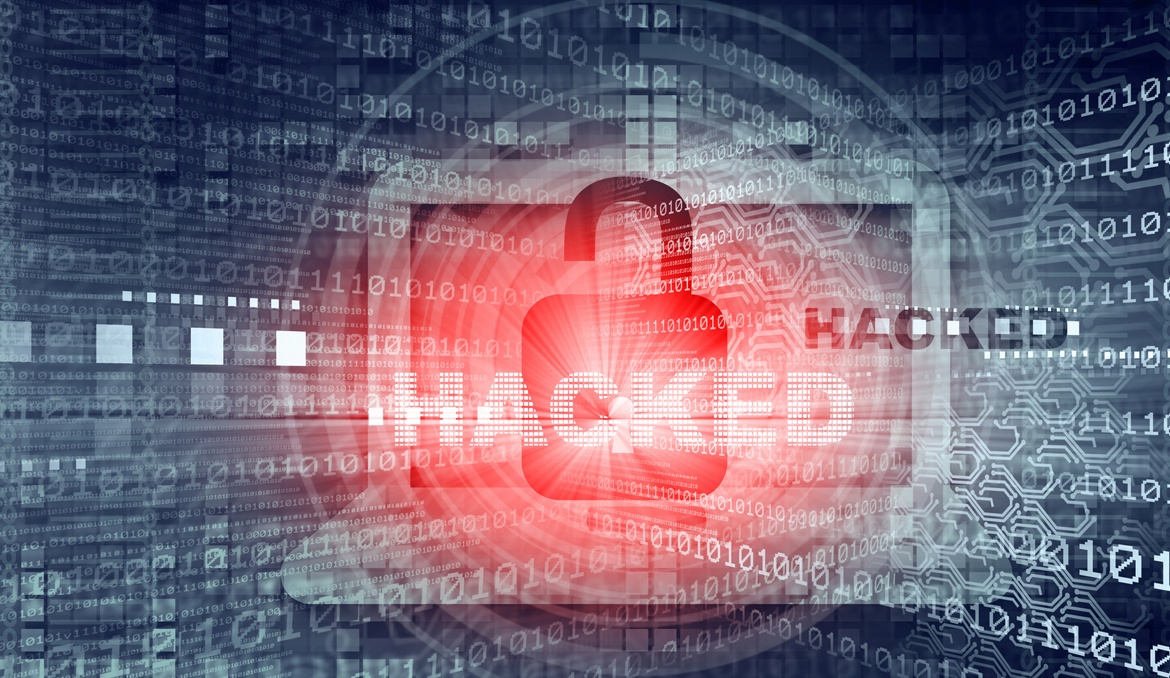Tag: security
-

The Lowdown on Public Wi-Fi
I am writing this from an airplane. Often, when I hop on a plane — particularly for a long flight — I wait for the ascent to 10,000 feet and immediately jump onto public Wi-Fi, just as I do in coffee shops, the dentist’s office, and pretty much anywhere else I can grab a signal.…
-

How Can You Avoid a HIPAA Mega Breach?
A HIPAA breach often occurs when a health care entity wrongfully discloses the protected health information of a patient or client. These incidents can occur by accident, like faxing patient information to the wrong fax number. They can also be the result of willful or intentional acts, like employees who gather patient information for the…
-

Managing Your Practice: Is Your Practice Cyber Secure?
With the increased use of technology in health care comes the increased risk of cyber attacks and cyber liability, as well as regulatory investigations, fines and penalties. Anything created, stored or transmitted electronically is at risk of being compromised by an innocent mistake or – worse yet – maliciously stolen by a criminal. According to…
-

Don’t Fall Victim to Cyber-Security Disasters
Editor’s Note: This article was originally published in the 2015 Fall Issue of Alabama Medicine magazine Every day, it seems the news is filled with more and more reports of cyber-security attacks. Unfortunately, the health care community is considered a prime target for those individuals who would seek to gain access to confidential information. Did…